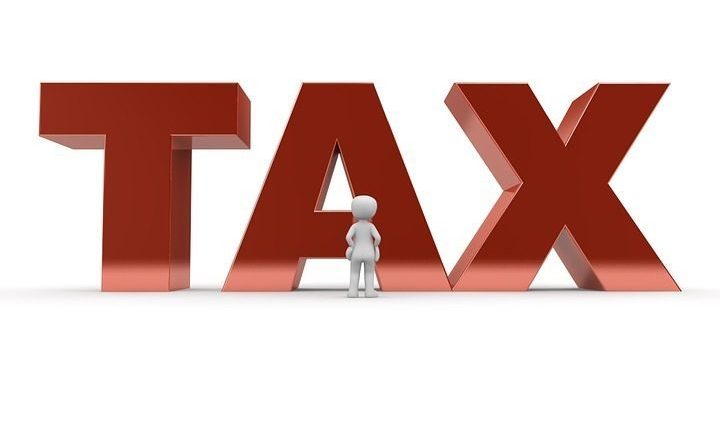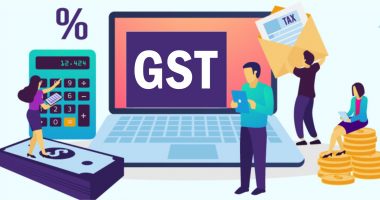GST officers are coming up with a system wherein a business above a specific turnover threshold will need to create an e-invoice either on the GST portal or via the government website. The e-invoice generation has to be done for every sale that is initiated.
Businesses that are beyond a certain threshold will receive a unique number for every electronic invoice/e-invoice, which is generated. With this initiative, the scope for tax evasion reduces. This unique number will be helpful to verify the taxes paid. Also, the invoices which are reported via the sales return can be matched using this unique number.
Going forward, companies will have to generate an electronic-tax invoice/e-invoice, which records the overall value of sales. The turnover threshold will be determined based on the invoice value. Businesses can create e-invoices with the help of a software which will either be linked to the government portal or GST.
The need for e-invoice generation could either be determined based on a registered person’s turnover or the invoice value. However, an official is of the opinion that it is ideal to decide on the need for e-invoice generation depending on the turnover threshold so that splitting of sales can be avoided. For example, Rs 1,000 has been fixed as the minimum invoice value. There are chances of companies splitting their bills just to avoid the invoice-based threshold cap.
The process of e-invoice generation will be similar to the method which is being used for the e-way bill or GST payment. Eventually, the proposed e-invoice system will replace the need for generating e-way bill for moving commodities since invoices will be made via a centralised government portal. As on today, an e-way bill is needed for transporting commodities which exceed Rs 50,000.
The official also added that once the generation of e-tax invoices commences, businesses will not feel burdened to file their taxes because the invoice data will be auto-populated in their tax return forms. Also, e-invoicing would be helpful to avoid duplication of work and brings down the manual intervention in checking of tax returns and tax return filing.
An officers committee has been set up so that these officials can look at ways to introduce the e-invoice system. These officials will also be responsible for simplifying the invoice generation process so that the burden of compliance factor is lessened. This committee will come up with an interim report within the next month. This committee comprises state, central tax officials, and a GST Network Chief Executive.
It’s almost been two years since GST has been implemented in India. Currently, the government is focussing on implementing anti-evasion measures to increase compliance and to reinforce revenue. There are more than 1.21 crore GST-registered businesses, out of which 20 lakh businesses come under the composition scheme category.
Bhavana is a Senior Content Writer handling the GST vertical. She is committed, professional, and has a flair for writing. When away from work, she enjoys watching movies and playing with her son. One thing she can’t resist is SHOPPING! Her favourite quote is: “Luck is what happens when preparation meets opportunity”.




